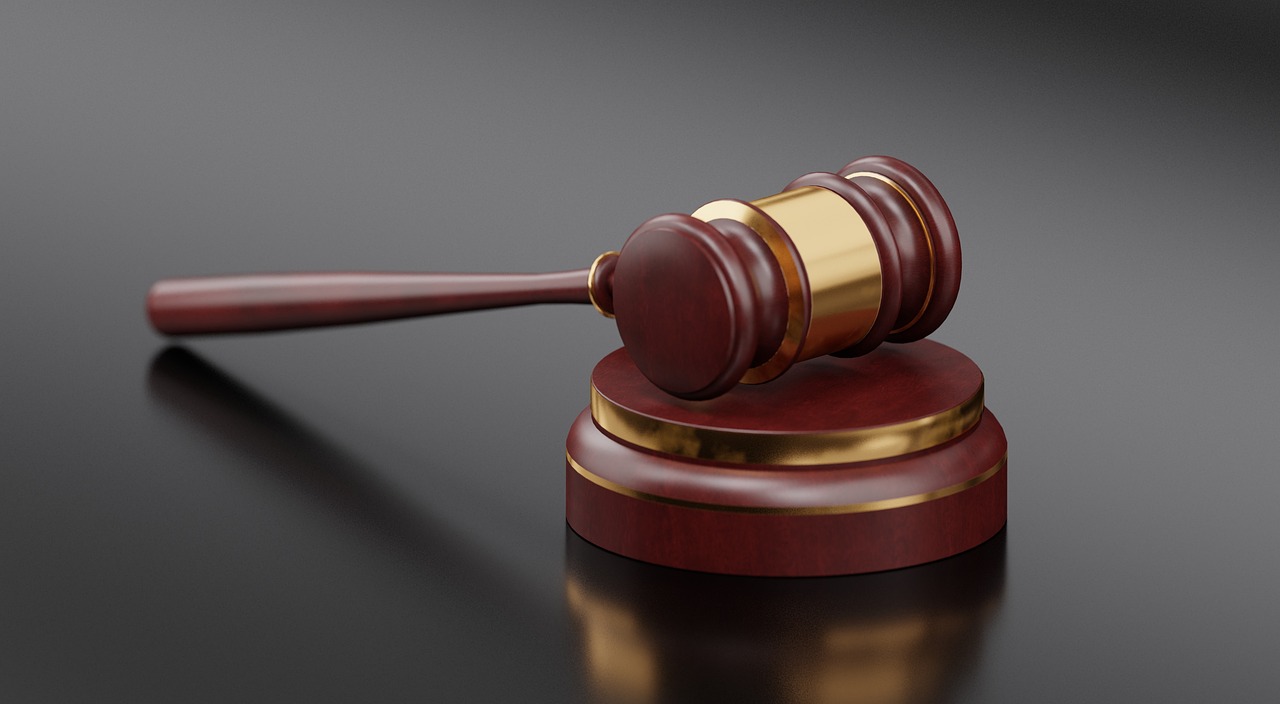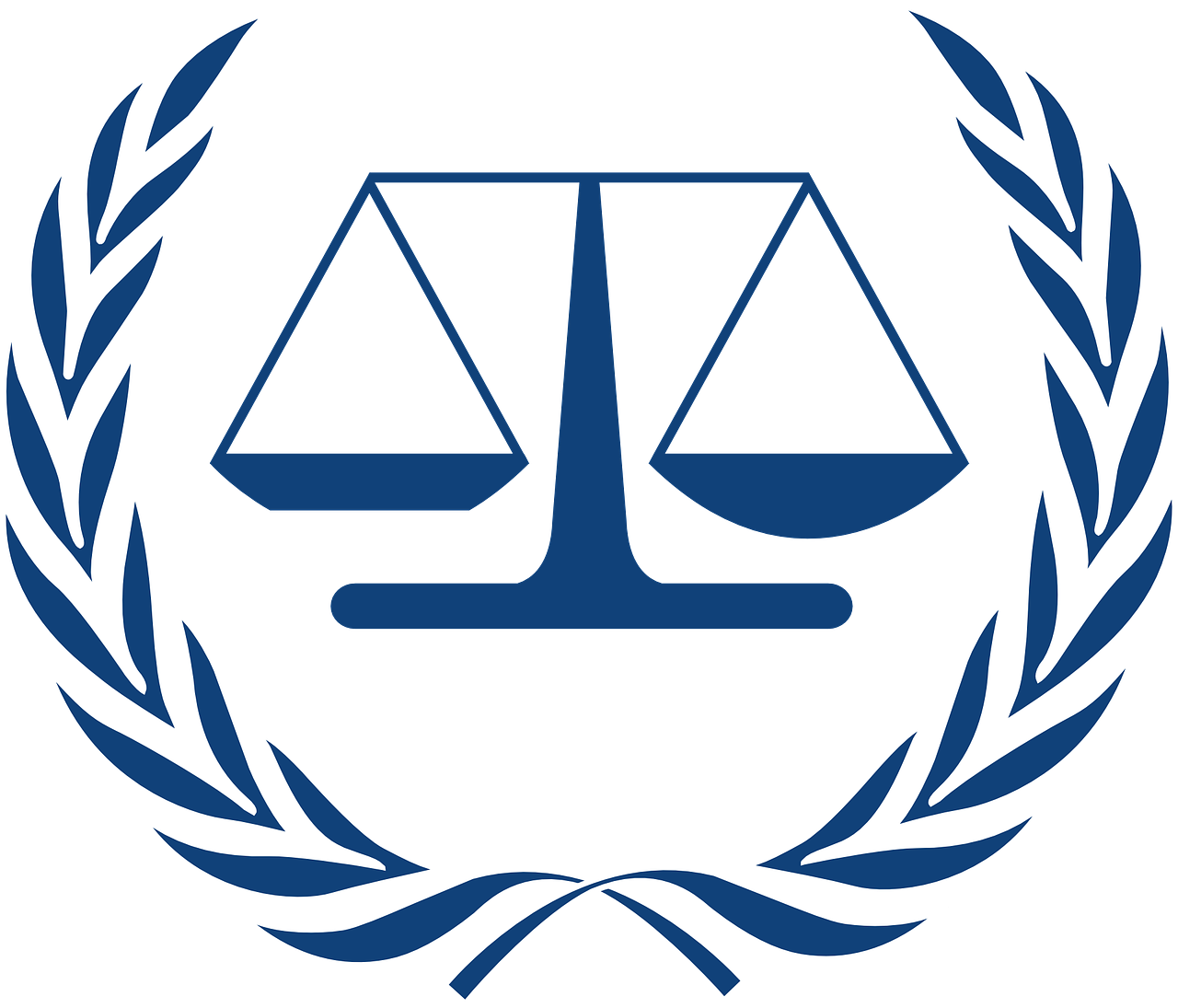Some 2,300 pagodas and temples are still giving valid testimony to Pagan’s ‘Golden Era’ when the city became known as ‘The City of Four Million Pagodas’ under King Kyanzittha. Kyanzittha was in my opinion Pagan’s greatest King. During his reign of 28 years from 1084 A.D. to 1112 A.D. large numbers of religious monuments were built.
The ‘Golden Era’ began with King Anawrahta’s commitment to Theravada Buddhism doctrines as a result of Mon monk Shin Arahan’s teachings.
In the following you will find my list of 20 monuments with brief descriptions. These are arguably the most interesting witnesses of Bagan’s ‘Era Of Greatness’.
1. Shwezigon Pagoda
This pagoda, located in Nyaung Oo and Pagan’s greatest reliquary is said to contain a tooth of the Buddha. It is one of Bagan’s four relic’s payas.
The Shwezigon Pagoda covered by a huge dome was started to be build by King Anawrahta sometime around 1076 A.D. or earlier. He was killed in 1077, when the pagoda’s third terrace – on which its bell stands – was just completed. This left the Shwezigon unfinished and it was Anawrahta’s son King Kyanzittha who completed the pagoda in 1089 A.D. The Shwezigon served as a prototype for later build pagodas.
Every year a Shwezigon Pagoda Festival is held from 23 to 30 November.
2. Ananda Temple
The Ananda Temple is Bagan’s most impressive temples and a masterpiece of Mon architecture that was completed in 1091 A.D.
The temple was built by King Kyanzittha who personally executed its architect after completion in order to avoid the pagoda’s duplication. The execution of pagoda architects after the pagodas planned by them were ready was quite a common thing in these times.
The Ananda temple houses four standing immensely huge teak Buddha images (Gautama, Kakusandha, Konagamana and Kassapa) and a total of eighty reliefs, depicting Gautama Buddha’s life from birth to Enlightenment.
The annually held Ananda Temple Festival/Fair is an event not to be missed. The festival’s zenith is a morning procession in the temple’s courtyard on January full moon day.
For more Ananda Temple details read my Ezine article ‘The Ananda Temple And Its History’.
3. Thatbyinnyu Temple
This temple, an originally snow-white stucco building, known as ‘The Temple of Omniscience’, is with 200 ft/61 metre height the highest building in Pagan/Bagan. It was build in the middle of 12th century by King Alaungsithu and is in shape and style similar to the Ananda Temple.
Thatbyinnyu’s upper temple floor houses an eastward looking Buddha image.
4. Gawdawpalin Temple
The Gawdawpalin Temple is one of Bagan’s most impressive two-storey temples and suffered substantial damage during the 1975 earthquake that caused considerable damage to many of Bagan’s pagodas and temples.
The temple was built in the 12th century by King Narapatisithu and bears a strong resemblance to the Ananda and Thatbyinnyu temple. The temple offers a fine vista over Pagan’s plain in the east and the Ayeyawaddy river and Yoma Mountain Range in the west.
5. Dhammayangyi Temple
This after 3 years construction unfinished temple is the most massive and largest shrine in Bagan and has the Bagan Monument Inventory Number 771
It is displaying the finest brickwork of all the other pagodas and temples in Pagan. King Narathu was one of the worst kings Pagan ever had. He started to build the Dhammayangyi Temple to atone for the killing of his father King Alaungsithu, his elder brother Minshinsaw (the rightful heir to the throne who was just anointed), the former Indian princess Kyaban, one of his wives given to him by his father, Ottarathu, one of Kyaban’s sons and his uncle the scribe Mahabo.
His short tenure from 1167 A.D. to 1170 A.D. ended when he was assassinated.
6. Gubyaukgyi Temple
The Gu Byauk Gyi is another temple built by king Kyanzittha and as it is with some of the other Bagan temples its architectural design shows clear signs of Indian influence. The temple was completed around 1113 A.D. and is number 1.323 of the Bagan Monument Inventory list.
As the first part of the name ‘Gu’ implies the Gubyaukgyi is a cave temple for Gu means cave.
This Gubyaukgyi is located in the Wetkyi-in village area. It is important to know this because Bagan’s second Gubyaukgyi is located in Myinkaba and looks quite different in terms of exterior and interior for it is although being and Indian style temple built in a different architectural style. In other words, the Wetkyi-in Gubyaukgyi displays stronger Indian features. This goes especially for the sikhara, which is not bell-shaped and like a bee-hive like the one from the Myinkaba Gubyaukgyi. Therefore it is important to always add where the Gubyaukgyi one is talking about is located, in Wetkyi-in or Myinkaba because it will otherwise become very confusing.
The temple is a relatively small 1-storey red-brick and plaster masonry building. The main entrance is the only entrance and as usual on the east side. The way from the gate in the wall surrounding the temple leads directly into the porch and antechamber with a seated gilded Buddha statue facing the main entrance.
The entrances on the other three sides are false entrances closed with large perforated stone windows allowing the interior to be well lit with daylight.
It is certainly not the rather nondescript building that is calling for attention but the still though only partly existing beautiful stuccowork on the outside and the beautiful, remarkably well preserved murals and frescoes of the Gubyaukgyi’s interior. In this department the temple has much to offer and is, subsequently, famous for. The murals depicting Jatakas are something that makes visiting the Wetkyi-in Gubyaukgyi a must for there are only a few of Bagan’s some 2300 pagodas and temple that can offer such beautiful large and well-preserved murals.
There are very beautiful additional murals in the temple. For instance, the twenty eight Buddhas beginning with the first one, Tanhankara Buddha, to the present one, Gautama Buddha, are beautifully depicted on murals. These can be seen on the walls in the northern and southern part of the temple.
The paintings are very old and in order to preserve them as best as possible it is not allowed to take photos because the temple keeper are afraid that the flashlight would over time damage the wall paintings.
7. Shwesandaw Pagoda
The Shwesandaw Pagoda – its white colour being in stark contrast to the other mostly brick-red pagodas and temples – was built by King Anawrahta in 1057 A.D. after his victorious return from Thaton. The Shwesandaw is also called Gaunesh or Mahapeinne Temple. Its stupa enshrines some hair of Gautama Buddha send to Anawrahta by the King of Pyay.
The pagoda’s architecture shows a strong Mon influence. An over 60 feet/18 metres long ‘Shinbinthalyaung Reclining Buddha’ stature is housed in a long, flat building within the confines of the pagoda. The Shwesandaw has the Bagan Monument Inventory number 1.568.
8. Shinbinthalyaung Temple
The longish rectangular red brick building that is located a few yards north of the Shwesandaw Pagoda within the pagoda compound is not one of the kind that looks like a temple and as if it would draw much in the way of attention; would there not be the contents of the 60 feet/20 metre long building. And this is very interesting indeed and to see it is a must when visiting Bagan.
The building dates back to the time the Shwesandaw was built and is giving home to Bagan’s longest image of the reclining Gautama Buddha. The 54 feet/18 metre long Buddha is lying in the Parinibbana position with the right arm angled and the hand supporting the head with the cheek resting in the palm.
9. Sulamani Temple
This Temple, build by King Narapatisithu in 1183 A.D. is considered one of Pagan’s great two-storey temples and its plan resembles the Thatbyinnyu Temple. It has the Bagan Monument Inventory no. 748.
The Sulamani is named after the legendary palace of the god Indra and is a paragon of what is called the fully developed Burman architectural style. The temple’s lower floor houses seated Buddha images at all four cardinal sides.
10. Htilominlo Temple
The Htilominlo Temple has the Bagan Monument Inventory number 1.812 and was built by King Nandaungmya – one of the four sons of King Narapatisithu – in 1211 A.D. at the place where he was chosen king.
Four Buddha statues on the ground floor and four on the first floor face the cardinal points. Old murals, depicting horoscopes that were painted in the walls for protection from damage can still be discerned.
11. Lawkananda Pagoda
The Lawkananda Pagoda has the inventory number 1023. It is located south-west of Thripyitsaya Village not far from the Bagan – Chauk Road directly at the Ayeyawaddy river bank. It is one of the four pagodas that have been built in Pagan by Anawrahta; this one in 1059 A.D. to enshrine the replica of the Buddha’s sacred tooth, which was brought from the Sri Lanka. Lawka Nanda Paya (or zedi) is old Pali and, so I was told, means as much as ‘Pagoda of Great Joy’.
Another explanation I got is that king Anawrahta has also worshipped the Pyu deity Lokanatha, ‘Lord of the World’ and that the name ‘Lawkananda’ has to do with this.
However, the Lawkananda was built after the Buddha’s tooth relic had arrived und while thepagoda was under construction the sacred tooth relic was kept in king Anawrahta’s royal palace.
12. Nathlaung Kyaung
Being one of Pagan’s oldest and the very last surviving Hindu Temple, the Nathlaung Kyaung with the Monument Inventory number 1.600 deserves some special attention for it has quite an interesting history.
There is disagreement on when and under whose reign this temple was built but I think it more likely that the Nathlaung Kyaung was built during the reign of king Taungthugyi, better known as king Nyaung-U Sawrahan, at the beginning of the 930s A.D. This leads to the opinion that it was built by king Anawrahta some 120 years later for the purpose of storing all non-Buddhist religious statues ad absurdum. The idea of storing all non-Buddhist religious figures in one temple is in any case absurd what does not require any further explanation.
Be that as it may, neither king Nyaung-U Sawrahan nor king Anawrahta are mentioned in any of the chronicles with respect to the Nathlaung Kyaung. This means that the temple was not build by Nyaung-U Sawrahan but by someone else during his reign.
13. Mahabodhi Temple
It is interesting that the temple that is an almost exact imitation of the original Mahabodhi Guphaya, in Bodhgaya (Gaya district of Bihar) North India, is situated within the city walls in the centre of Old Pagan.
The Mahabodhi Temple has the Bagan Monument Inventory number 1670. It was built by order of king Nadaungmya (Htilominlo) who reigned from 1210 to 1234 A.D. The Mahabodhi is of for Pagan unique design and was completed around 1215 A.D.
The Mahabodhi Guphaya is a brick and stucco structure built in the architectural style of the Indian Gupta period that was en vogue from about the 2nd century B.C. to about 600 A.D.
The temple distinguishes itself from the others mainly by its extremely rich ornamentation (the hallmark of Gupta period design) of the conical main stupa (tower) that is topped with a golden hti and the small corner stupas on top of the two-storey square block base. The temple has a total height of 141 feet/43 metres. The design of the Mahabodhi Temple’s plaster mouldings is a grit-like basic design comprising grottos equally spaced from one another, arranged in horizontal and vertical lines and combined with floral design. The grottos/niches are filled with statues of the Buddha, devas, animals both mythical and non-mythical as well as nats.
14. Tharaba Gate
Oddly enough, while being – apart from the founding of the city of Pagan and the introduction of the new Burmese era calendar (khachapanca era, starting in 638 A.D.) – one of the most significant events in the early years of Pagan not much can be found and is known about the building of Pagan’s city wall by king Pyinbya and the city wall with its gates. Essentially all that is known about the city wall is that it was built in several stages beginning 849 A.D., that the city wall had the total length of 7.990 yards/ 7.300 metres that the city wall had a total of 12 gates with 4 main gates, that the north-western corner of the wall along the Ayeyawaddy broke away and that the Tharabar Gate along with some small parts of the city wall and the moat is all that is left of it.
15. Dhammayazika Pagoda
The Dhammayazika (in Pali ‘Pertaining the King of Law’) Pagoda is the third of the altogether five religious structures king Narapatisithu has built in Pagan and has the Monument Inventory number 947. The pagoda was completed in 1197 A.D. and it is one of all together 44 pentagonal religious structures in Bagan. It is located in Pwasaw village in the eastern part of Bagan.
The round, conical and gilded main stupa of the Dhammayazika is a solid structure resting on three pentagonal receding terraces of which on each corner a gilded miniature copy of the main stupa is placed. Additionally, the sides of the terraces are decorated with glazed Jatakas depicting scenes from Gautama Buddha’s lives.
16. Mingalazedi Pagoda
Completed in 1284 A.D. – 3 years prior to the sacking of Pagan by the Mongols – the Mingalazedi Pagoda with the Bagan Monument Inventory number 1.439 is the last very large pagoda that has been built in Pagan.
The Mingalazedi’s builder was king Narathihapate who reigned Pagan from 1256 A.D.- 1287 A.D. The pagoda is built of bricks, architectural an almost pure copy of the Shwezigon Pagoda, and located close to the old city wall in southern direction not far from the road leading to Myinkaba village. The only main differences between the two pagodas is that the Mingalazedi is not gilded and the high square brick plinth the Mingalazedi is based on.
The sides of the plinth are adorned with glazed plaques showing Nats on the eastern, Nagas on the western, Garudas on the northern and Ogres on the southern side. The sides of the following three receding terraces (paccayas) are decorated with glazed Jatakas depicting scenes of Gautama Buddha’s lives.
17. Bupaya
The Bupaya Pagoda with the Monument Inventory number 1.657 was as legend has it built by king Pyusawhti who reigned between 167 A.D. – 242 A.D.
Today’s Bupaya is not the original pagoda built by king Pyusawhti because that one was completely destroyed by the earthquake that hit Bagan in 1975. All that remained after the pagoda had fallen into pieces was the base. Contrary to the original Bupaya that was an almost solid brick masonry structure this one is a hollow structure made of reinforced concrete.
It is believed that the structure is giving home to Buddha relics, As the name Bupaya (Bu = gourd and Paya = pagoda = gourd pagoda) suggests its name is derived from the legend of the vigorous gourd. This gourd was one of the legendary five menaces Pagan was terrorised by during the time of king Thamudarit’s reign and from which Pyusawhti freed the small kingdom. For this heroic deed the legend continues, Pyusawhti was rewarded by king Thamudarit who gave him his daughter as a wife and made him heir apparel.
18. Abeyadana Temple
The Abeyadana temple built by king Kyanzittha and completed around 1102 A.D. is located in Myinkaba north of Kyanzittha’s royal palace. The temple is named after Kyanzittha’s first wife Abe Yadana, meaning ‘Lost Treasure’ or ‘Abandoned Jewel’, whom he got married to while he was still making his career as a soldier.
The Abeyadana Temple’s architecture and interior design are strongly influenced by Singhalese style and Mahayana Buddhism leaving no doubt as to her Indian origin, Bengali origin, to be precise.
The Abeyadana Guphaya is a one storey red-brick and plaster masonry cave temple. Its rectangular base comprises a vestibule with three entrances with the main entrance and its porch opening north, a square inner sanctum around which a corridor with three perforated windows on the west, east and south side is running.
The base is covered by three receding terraces crowned by a Singhalese style sikhara. The inner wall paintings depict Mahayana Pantheon divinities (the gods of the north) including Bodhisattva Meitreya, Gautama Buddha, Bodhisattva, Avalokitesvara, the god of mercy and Maiijusii, god of wisdom. Furthermore, there are on the walls of the main structure Mandalas with figures of Hindu gods and goddesses such as Brahma, Indra, Shiva and Vishnu with their vehicles.
Representing Theravada Buddhism are the Jatakas on the vestibule walls. The dimly lit inner sanctum is housing a large Buddha statue made of bricks and plaster. The Buddha is sitting on a lotus throne in Bhumisparsha mudra and is accompanied by one disciples sitting on either side of him.
19. Nanpaya Temple/Nanpaya Guphaya
The Nanpaya or Nanpaya Temple, meaning as much as ‘Temple on the palace site’ or ‘Palace Temple’ is a relatively small but because of the excellent stone carvings, expertly perforated and decorated stone windows, etc. a remarkably beautiful temple.
On the Bagan Monuments Inventory List the Nanpaya is number 1.239. As for the time in which the Nanpaya was built completed, respectively, there is disagreement amongst Bagan scholars; some say in the late 11th century others say early 12th century. However, as to who the temple’s builder was there is no disagreement; it was Mon king Manuha’s grandson, prince Naga Thaman. He built the Nanpaya Temple in commemoration of his grandfather after king Manuha’s death south of the Manuha Temple on the former palace site in Myinkaba village on which Mon king Manuha with his family resided.
20. Manuha Temple
The temple with the Bagan Monuments Inventory number 1.240 is one of Bagan’s oldest temples and was built in 1059 A.D. by the Mon king Makuta, better known by the name Manuha, after having asked and received permission from king Anawrahta to build this temple.
Mon king Manuha had after having lost the war against king Anawrahta been taken with his family from Thaton to Pagan and was given a plot of land located 1 mile/1.6 kilometre south of Pagan’s city walls in Myinkaba village. There he could live freely with his family and attendants and was not treated as prisoner; he was just confined to this piece of land where he resided and built the temple.
I know that there is the story that he built the temple after having been king Anawrahta’s POW for some 10 years but for this there is no hard evidence to be found in any of the chronicles. Also, the marker stone at the temple clearly states that the Manuha Guphaya was built in 1059 A.D.
The temple is although looking quite large from the outside not very spacious for the inner space available is almost completely occupied by four very large brick and plaster Buddha statues leaving only little room for worshippers who come daily in relatively large numbers to worship the Buddha’s. One significant thing that is unusual about this temple its coming into being, respectively, is that not as usual the temple was the first to be built but the Buddha statues. Once they were built the temple was constructed, in a manner of speaking, ‘tailor made’ around them leaving only the barest of space free in order to express its builder’s discomfort with his having to live in captivity.



